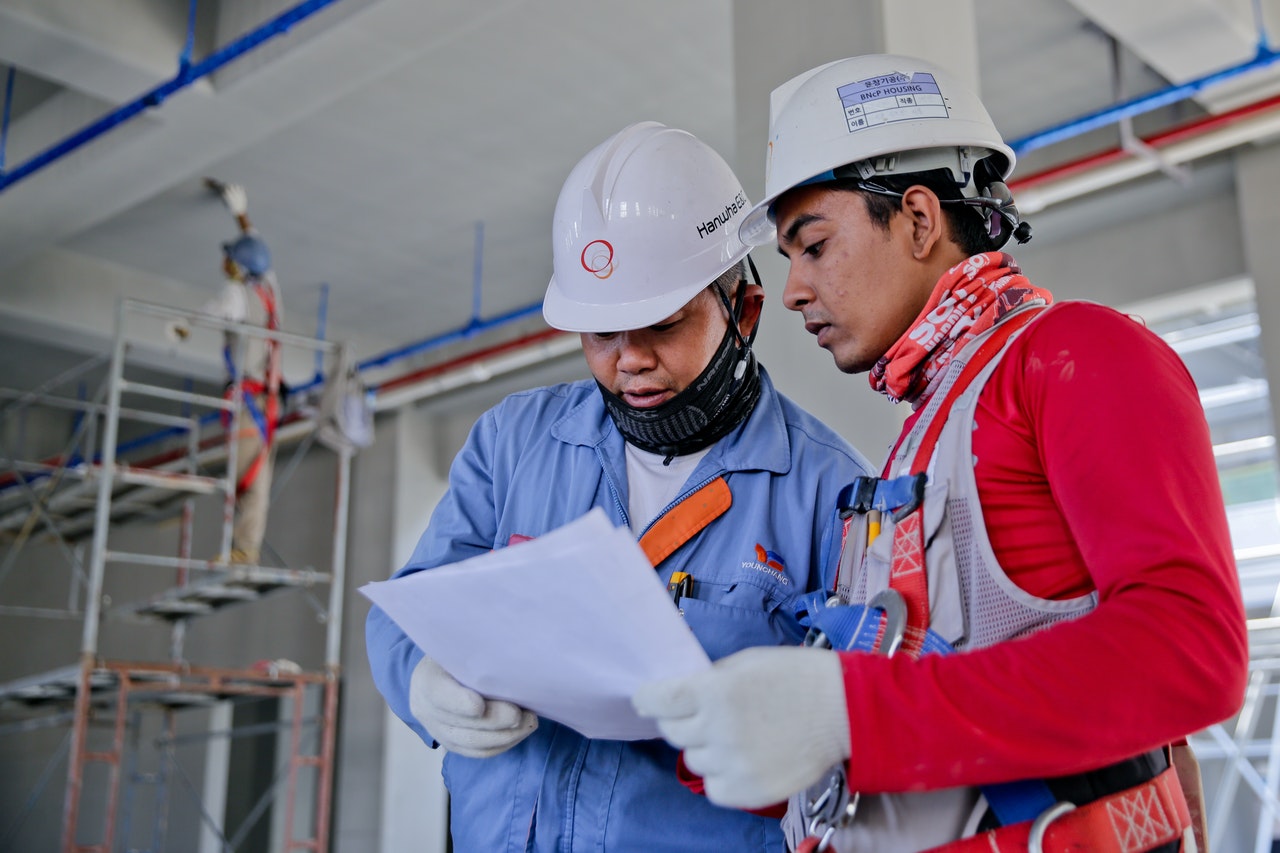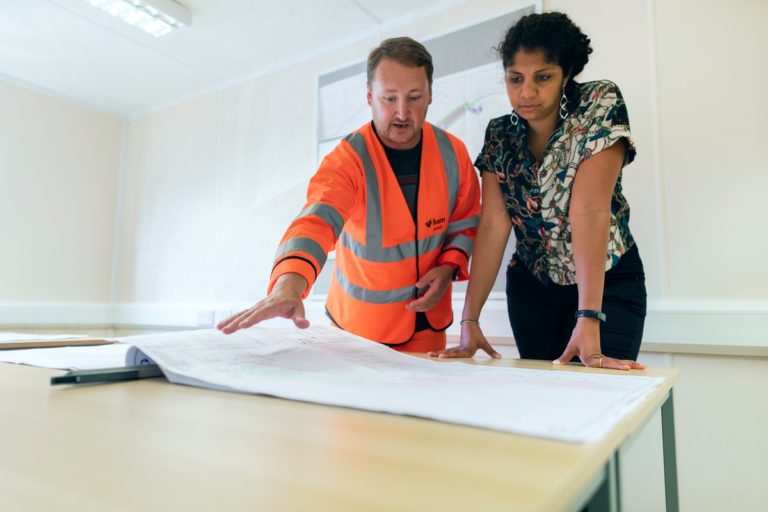Since the time man decided to build permanent structures, perhaps as a switch from a hunter-gather lifestyle to a more peaceful agricultural one, we’ve never stopped building. In the early days when our African predecessors settled about 40,000 years ago, they reckoned that to progress, they must stop their hunting lifestyle and start building roots. And true enough, man has never looked back. His sprawling structures bred cities that became the center of today’s progress. His ambition is now clear as skyscrapers taunting the sky.
But all the engineering feats have slowly gained a lot of attention in terms of their environmental impact. Scientists sound the alarm — churning out numbers saying that if we don’t take care of our planet, we may not have a planet to live in after some time.
It does not mean that we should stop our construction projects. Rather, we should construct but with an eye for sustainability. Hence, our construction must have a conscience and be eco-friendly. Here’s how.
Know Your Goals
Eco-friendly construction is building with the least damage to Mother Earth. We say the least because whether we like it or not, we use the planet’s resources and leave behind traces of destruction as we build. This is why the use of used wood and recycled materials is highly recommended.
By definition, green buildings are man-made structures that are as resource-efficient as can be throughout their life cycle. And that means from the moment they were conceptualized, constructed, operated, and eventually demolished, they are paragons of efficiency.
And if you think it’s just another trending topic in construction, you need to think again. It’s actually a paradigm shift that we need to do to survive as a race.
Let’s be clear. The goal of eco-friendly construction is to reduce to the utmost minimum its negative impact on man and nature. Thus, some of its characteristics are:
- Efficient use of natural resources: water, air
- Must protect human health
- Must reduce pollution and minimize waste
- Must operate with minimal energy waste
Eco-friendly Building Methods
Right from planning to construction, environmentally-sound methods must be used. For instance, Storm Water Pollution Prevention Plan or SWPP Plan must be implemented even during the construction stage. That way, erosion is prevented, and the soil keeps its nutrients intact—reason enough why Best Management Practices (BMP) matters.
Moreover, a green building must have energy-efficient insulation. This means you minimize wasted energy that goes out via air gaps. Take note that as much as 50% of the energy building could escape via the cooling and heating process.
Additionally, Energy Star equipment should be considered as much as possible, be it in HVAC or your kitchen appliances. Energy Star-certified washing machine, for instance, uses 33% less energy and 50% less water.

Materials, Materials, Materials
Then there’s the case for materials. As aforementioned, your construction should use recycled plastics and reclaimed lumber. In this regard, builders must make the most of the materials that last longer. By doing so, these won’t have to be replaced or thrown away easily.
Another way to be eco-friendly is the use of exterior spaces around your buildings. You should use permeable materials so rainwater can soak into nearby plants. Plus, don’t forget about water use in the buildings. Low-flow toilets, for one, are the way to go, so are water-saving faucets.
Take time to find environmentally-friendly materials. They leave a far lesser carbon footprint and as energy-efficient as can be. Here are some cutting-edge examples:
- Recycled wood
- Recycled steel
- Straw bales
- Plastic composite lumber
Regulation and Standards
Yes, there has to be a standard. One way to attain a certain standard is to consult government bodies that directly handle the environment. A classic example is the U.S. Environmental Protection Agency (EPA).
There has been a lot of interest regarding green building concepts. A slew of organizations has been able to develop standards over time. Conforming to them can surely help you achieve a more Earth-friendly construction. Take note that this also means your plans and construction processes down to your constructed building will have to be audited. It’s a must if you want to attain a certain standard.
Some governments have, in fact, coded laws, so green construction and green buildings are observed. Concrete examples of these standards are the LEED rating system widely used in Canada and the U.S. and the GREEAM standard in the U.K.
You might think it a waste of time, but when you subject yourself to an environmentally-sound standard, you enhance your capacity to care about the planet. And its inhabitants, including you.




